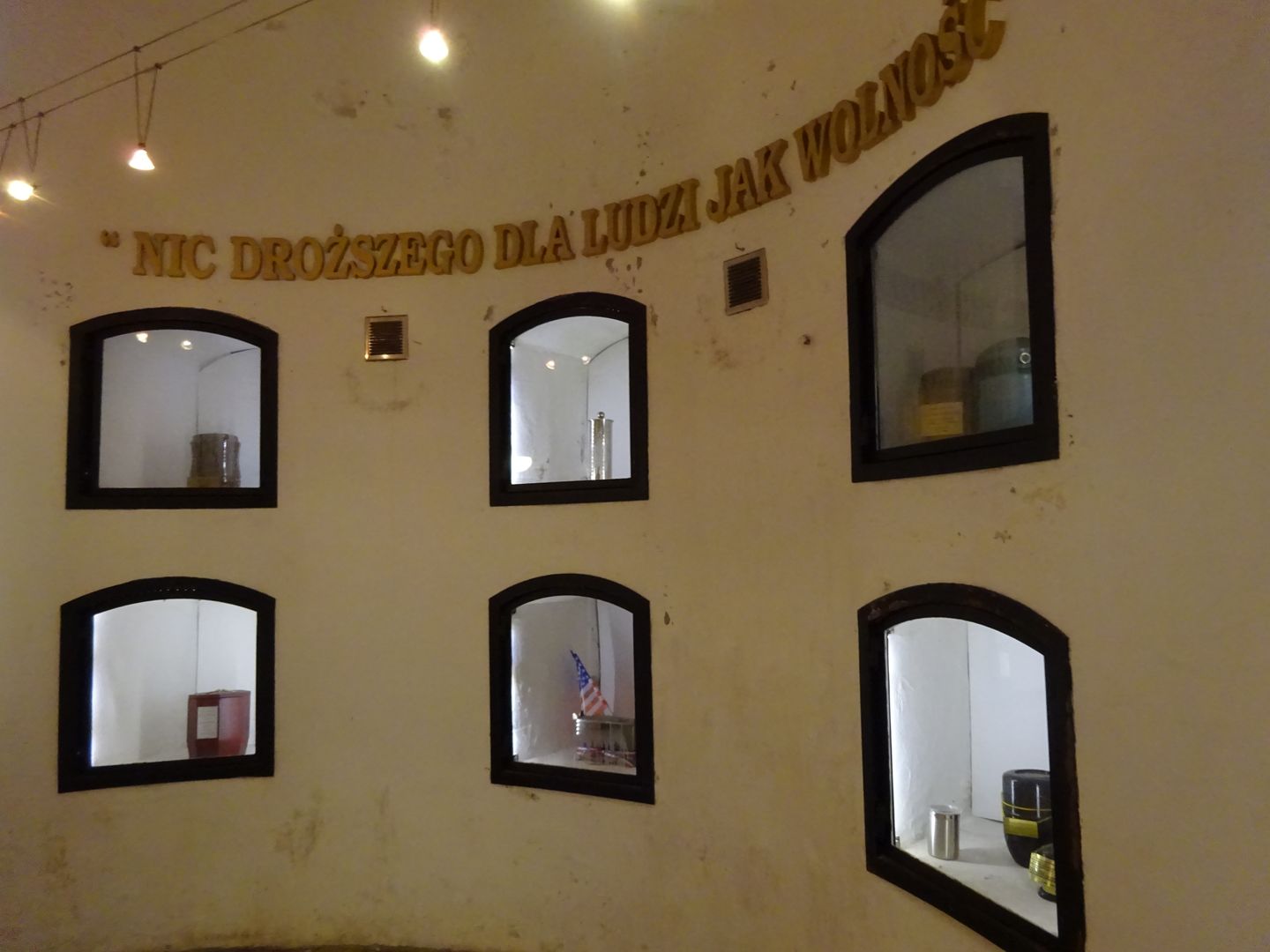Kościuszko Mound in Krakow
7.54

Overview
Kościuszko Mound, located on St. Bronisława Hill in Kraków, was built between 1820 and 1823 in honor of Tadeusz Kościuszko, a Polish national hero. Its structure, standing 35.54 meters high and 73.25 meters in diameter, draws on Kraków's mound-building traditions, such as Krakus Mound and Wanda Mound, symbolizing endurance and indestructibility. The project was approved by the Governing Senate of the Free City of Kraków, and its construction was supported by the local community, including volunteers, which gave the endeavor a patriotic character. The ceremonial commencement of the mound's construction attracted both Poles and foreigners, and the work lasted three years. After completion, the Mound became a site of remembrance and veneration of Kościuszko, though its subsequent history was fraught with challenges. In the 19th century, during the partitions, it faced threats of destruction and restrictions due to the Germanization policies of the Austrians, who transformed the area around the mound into fortifications. After World War I, the mound gained significance as a tourist attraction, even though during World War II, the occupiers planned its demolition. After the war, as part of efforts to erase traces of the partitions, the fort surrounding the mound was slated for destruction, but this project was eventually abandoned. In 1997, significant damage caused by storms prompted a renovation, which was completed in 2002. Today, Kościuszko Mound serves both tourist and educational functions, with its surroundings including a Kościuszko museum and various exhibitions held in the former Austrian Fort No. 2 "Kościuszko." In 2013, the restoration of the fort was completed, allowing for further development of the area. The Mound, accessible to visitors for most of the year, stands as an important symbol of Polish identity and national heritage. An interesting fact is that soil from battlefields where Kościuszko fought was used in its construction, further emphasizing its historical significance. Today, Kościuszko Mound, with its designated tourist trail and attractive views, serves as a venue for gatherings, events, and cultural initiatives, attracting both tourists and residents of Kraków.
Location
Tickets
Powered by GetYourGuide
2025 Wizytor | All Rights Reserved